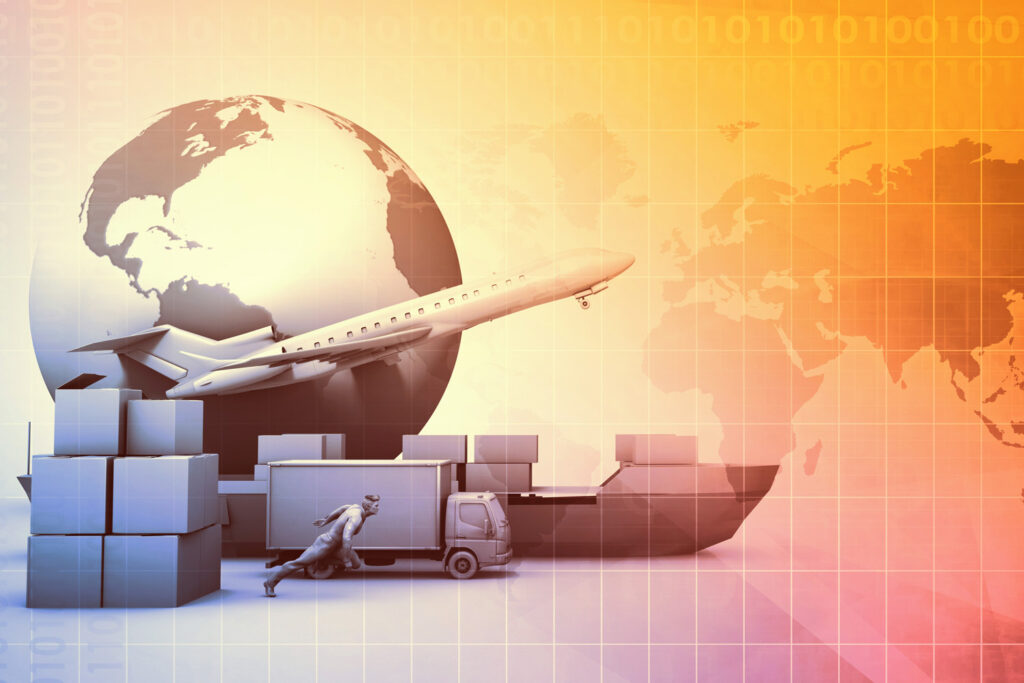
Post-COVID construction: the role of global supply chains
As the pandemic begins to fade, a quest for deeper understanding emerges
COVID-19 has taught us so much, not the least of which is how a shock to our global supply chains can snarl sectors of our domestic economy. It’s also highlighted how changing consumer habits can affect our ability to get supplies at the household level (remember the toilet paper panic?).
The big question in the commercial construction space is, of course, how this will affect us long-term. Throughout the pandemic, we’ve seen slowdowns in the production, distribution and delivery of certain building supplies and a significant uptick in demand, pricing and lead-time for lumber, steel and other building products — all of which have had a profound impact on the construction industry.
And as we gaze into the future to anticipate what’s next for construction supply chains after the pandemic abates, the future is anything but clear. So here’s a closer look at what’s ahead in commercial construction as it relates to the role of international supply chains in a post-COVID world.
The complexity of global supply chains and weathering shocks
Complex global supply chains, intended to help us procure supplies affordably and quickly, have endured shocks throughout the pandemic. From lockdowns to worker shortages to production facilities closing temporarily amid increasing demand for certain products, disruptions laid bare some of the vulnerabilities of our international supply chains — often exposing vulnerabilities even industry experts couldn’t have predicted. Let’s face it: the global pandemic wasn’t at the top of most lists of potential production and distribution threats. Yet global supply chains are no strangers to disruption; think import tax hikes and trade tensions, to name a couple of modern, shock-inducing events.
The quest to stabilize supply chains
The overriding solution, then, to stabilize supply chains and continue to meet demand is the same as it always has been: to build resilience in supply chains. The problem is when we depend upon international supply chains, much of the resilience-building overseas is simply out of the hands of domestic suppliers. So that means many companies are re-examining their supply chains, mapping them to gain data on everything from the distributors they depend upon to the transportation of their goods, and then determining the level of risk those supply chains pose to the organization’s ability to weather future shocks. This is a costly and time-consuming process, but one the global pandemic has most certainly shown to be a high priority.
From there, we could see a move by organizations to diversify their supply sourcing and changing their strategies to lower their risk. That may include seeking out suppliers in geographically diverse locations, which could stand to reduce risk for localized events in particular (such as weather events or natural disasters). Some are even rethinking how goods are produced — and exploring the pros and cons of partially producing goods nearer to the locations where they are used or even bringing them in-house, essentially building a new infrastructure for supplies. Think less globalization and more regionalization. We also expect companies to re-examine how much stock they keep on hand, potentially pivoting from lean inventories to absorb future shocks better. Loads of factors come into play, including projected pricing of goods, the possibility of obsolescence before they go to market and the labor needed to secure those supplies.
Stress on modern supply chains may be the new norm
Modern global supply chains endure stress regularly these days. Still, the COVID-19 global pandemic gave us new urgency in addressing some of our globalized sourcing shortcomings, including the commercial construction industry. There are no easy answers to the challenges in the industry, but stabilizing supply chains has become a high priority for many companies, including those in the business of building. In the long run, experts hope this will create greater resilience for the inevitable yet unpredictable shocks on the road ahead.